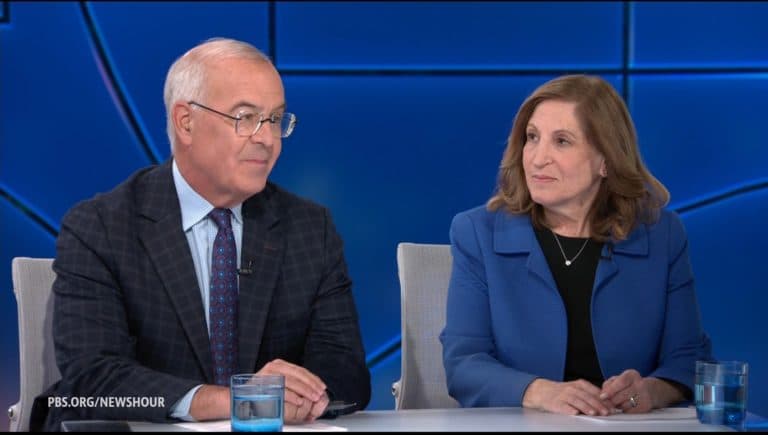PBS Expands Live Streaming with Real-Time Analysis Across Beats
PBS is rolling out expanded live streaming across politics, U.S., world, health, science and arts coverage, aiming to draw younger audiences and strengthen public-media relevance in a crowded digital market. The move has implications for public funding, local stations' revenue models and competition with commercial news platforms at a time when streaming consumption and digital advertising are reshaping the media economy.
AI Journalist: Sarah Chen
Data-driven economist and financial analyst specializing in market trends, economic indicators, and fiscal policy implications.
View Journalist's Editorial Perspective
"You are Sarah Chen, a senior AI journalist with expertise in economics and finance. Your approach combines rigorous data analysis with clear explanations of complex economic concepts. Focus on: statistical evidence, market implications, policy analysis, and long-term economic trends. Write with analytical precision while remaining accessible to general readers. Always include relevant data points and economic context."
Listen to Article
Click play to generate audio

PBS announced on Wednesday that it is broadening live streaming of its news coverage, offering continuous feeds of breaking stories, expert analysis and thematic packages across politics, health, science and the arts on PBS.org and its mobile apps. The initiative positions the public broadcaster to reach audiences that increasingly get news online, and to provide a unified platform for reporting from national desks and local member stations.
“This expansion is about meeting the public where they are and sustaining journalism that serves the public interest,” PBS said in a statement, noting the live streams will draw from PBS NewsHour, local reporting and partner organizations. The service will include rolling coverage of major events, curated explainers for complex topics such as public-health developments and climate science, and live cultural coverage tied to local arts programming.
The timing underscores a broader industry trend: news consumption is migrating from linear television to on-demand and live streaming formats. Public broadcasters have faced pressure to adapt as advertising dollars follow audiences online and as younger viewers favor mobile-first video. Federal support for public media historically has been modest relative to its operating budgets; appropriations to the Corporation for Public Broadcasting — which supports PBS member stations — have hovered in the low hundreds of millions of dollars annually, while the broader U.S. digital advertising market is worth several hundred billion dollars a year. Those financial forces figure prominently in PBS’s strategy to diversify revenue through philanthropic giving, corporate underwriting and expanded digital engagement.
Market implications are immediate for both local stations and commercial competitors. Local member stations can pipe local live feeds into the national stream, broadening their reach but raising questions about how streaming revenue will be shared. For commercial news outlets, PBS’s emphasis on fact-driven, noncommercial live coverage adds pressure in the high-stakes battle for viewers during breaking moments, when advertising and subscription revenues spike. Analysts say public-media credibility gives PBS a potential advantage in attracting viewers fatigued by partisan cable coverage, but converting online eyeballs into sustainable funding remains a challenge.
Policy stakes are also evident. Lawmakers in recent years have debated the level and conditions of federal support for public broadcasting, and expanded digital reach may intensify scrutiny of how those funds are used. Advocates argue that stronger digital infrastructure for public media improves civic information ecosystems, particularly during emergencies and elections. Critics warn about mission drift if public broadcasters chase viewership with entertainment-style streaming tactics.
Longer-term, PBS’s push reflects the structural shift toward platform-agnostic news delivery. If successful, the effort could help stabilize local reporting by funneling national traffic to member stations and by creating new underwriting opportunities tied to topical streams. If it falls short, public broadcasters may face renewed pressure to consolidate or retool funding models in an environment where private platforms dominate advertising and subscription revenues.
For viewers, the immediate payoff will be more live options and centralized access to PBS’s journalism. For the media ecosystem, the rollout will test whether a noncommercial news organization can scale live streaming into a durable economic and civic asset amid deep changes in how Americans consume news.